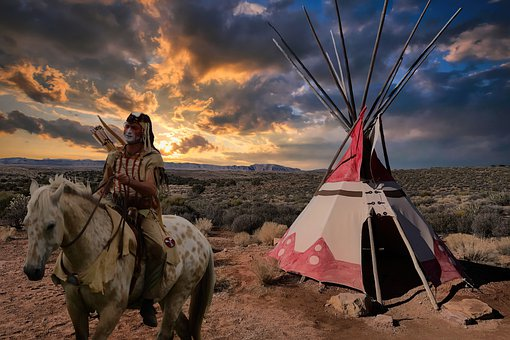Native American Tribes - The Fight To Save Their Lands
With any culture, anywhere in the world, land plays a pivotal role in a people or nation’s identity, history, culture, and social integrity. The same is true of the Native American Tribes, who were the original inhabitants of the United States. The fight is brutal enough for those tribes that are federally recognized and have the resources to fight for their rights, and it is next to impossible for those tribes scattered across the nation who do not have these resources. An example of this situation is the Muwekma Ohlone Tribe that has lived in the greater San Francisco Bay Area for over 10,000 years. Their tribal lands encompass the counties surrounding the Bay, and the highly coveted and expensive land along the central California coast and Coast Ranges. The economic pressures and demand for this valuable land mean that preserving ancestral heritage cemetery and village sites and protecting their traditional lands is virtually impossible without federal recognition, and much of it has been irretrievably lost.

A Long And Painful History
California has more non-federally recognized tribes than any other state. After the state joined the Union in 1850, between 1851 to 1852 18 treaties were negotiated with the tribes guaranteeing their rights and lands. The Senate, however, did not ratify these treaties, leaving the Tribes with neither land nor legal protection. Only a few tribes in small settlements eventually were issued federal recognition, but this did not last. In the 1950s, Congress terminated the recognition of 109 tribes across the United States, including 41 in California. Today 55 Californian tribes do not have federal recognition – over 20% of the total number of unrecognized tribes.
Read Also: Native Americans and Their Role in Today’s Economy
Historically, the state of California is the worst offender for the treatment of both recognized and unrecognized tribes. A typical example of this is the 125 member Winnemem Wintu Tribe called the McCloud River in the north of the state their home since before record history began. The construction of the Shasta Dam in the 1940s inundated many of the Tribe’s villages, cultural sites, and burial grounds. The salmon runs, which were a key component of their food supply and diet, disappeared. One could say that this was in the past and that things have changed – it would not happen today. If that is the case, why is the Bureau of Reclamation planning to raise the dam’s height, putting even the remaining Winnemem lands in danger? Things might have been different if the tribe had Federal recognition, giving them a much stronger platform on which to fight their case. But the recognition has to come from the same government that took the lands and right way in the first place. If ever there was a case of legal bias and systemic prejudice corrupting the course of justice, this is it.
Forget about getting back the land taken from them. Will the Tribes be able to keep the land they still have?
- Jan 24, 2022
